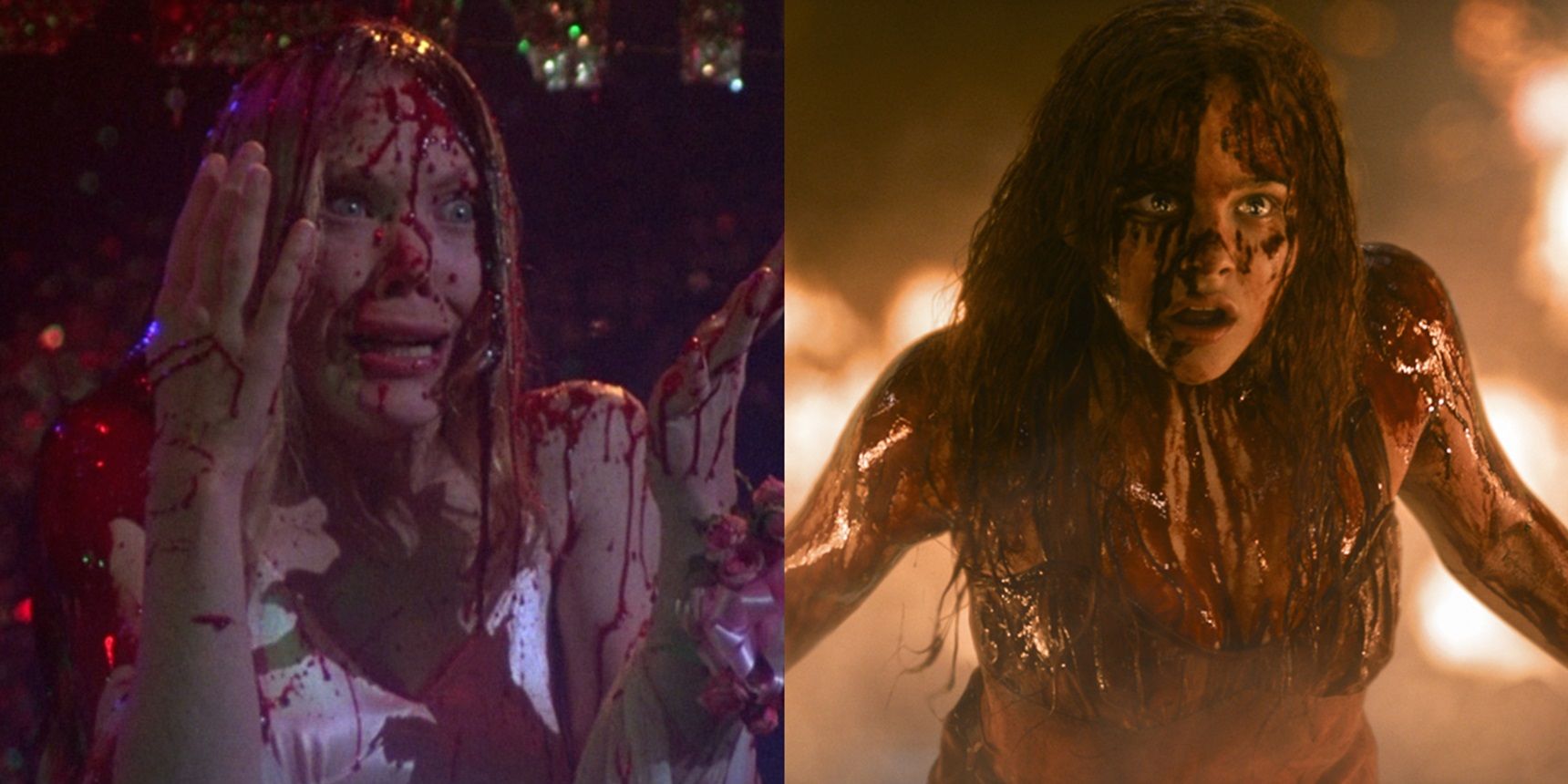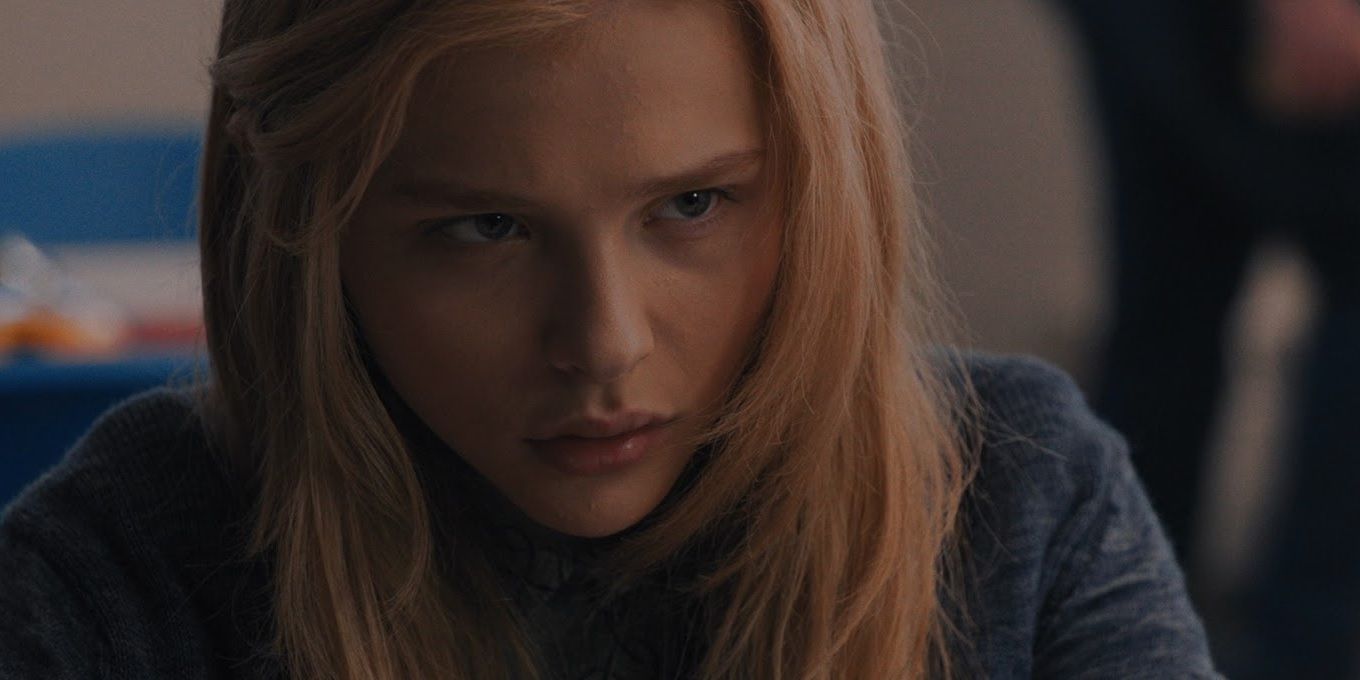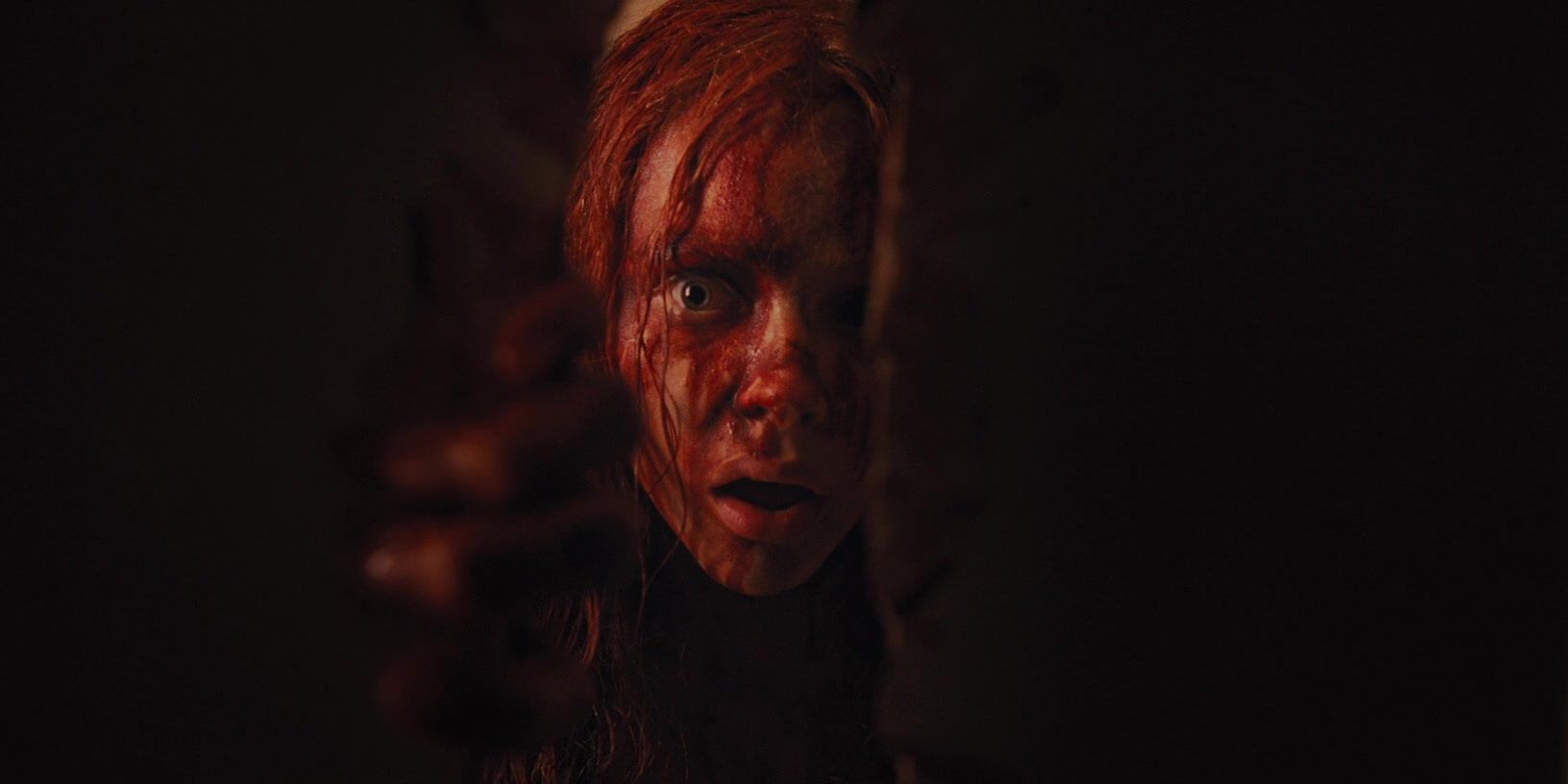Remakes are an irritating Hollywood trend taking precious cinema screens away from original movies. Studio executives figure if audiences already like an existing movie, they’ll pay to see it again with a new cast. Horror remakes feel particularly unnecessary, because the scares are never going to be anywhere near as effective a second time. The horror genre relies on the element of surprise, but there’s no room for surprise in a movie we’ve already seen.
In 2013, Brian De Palma’s finely tuned 1976 adaptation of Stephen King’s debut novel Carrie was remade by a Hollywood studio looking to make a quick buck. As usual, this remake was pointless. The De Palma classic was already a perfect adaptation of the King novel, so a cast including such greats as Chloë Grace Moretz and Julianne Moore was squandered on the limp, derivative script of a completely unnecessary movie.
King, who famously detests Stanley Kubrick’s critically acclaimed but wildly unfaithful adaptation of his bestseller The Shining, approved of De Palma’s take on Carrie. When he found out the movie was being remade, he told Entertainment Weekly, “The real question is why, when the original was so good?” Based on the false premise that De Palma’s movie has somehow become outdated, the remake’s producers wanted to bring the saga of Carrie White into the 21st century.
On paper, modernizing a story from the ‘70s sounds like a great way to shake things up for older viewers and repackage a classic for newer ones. But all that entailed was Carrie googling ‘telekinesis’ after discovering her powers and Chris Hargensen posting a video of Carrie’s first period on YouTube. It fits neatly into a pattern of Hollywood trying to pander to young audiences with overt references to the internet that fall flat. It has “How do you do, fellow kids?” vibes.
The character work and storytelling of the taut 1976 original are timeless. Sissy Spacek’s portrayal of a tortured teen facing abuse from the bullies at school and her overbearing mother at home still resonates with audiences, despite the fact her Carrie White didn’t have access to Wi-Fi. The 2013 remake set out to update the story, but it didn’t need to be updated because, all these years later, De Palma’s Carrie is still just as effective as it ever was.
While 1976’s Carrie is hailed as one of the greatest horror films ever made and frequently ranks alongside such greats as Alien, Halloween, and The Wicker Man, 2013’s Carrie barely even tries to be a horror movie. Most of the movie plays like a generic, over-lit teen drama that wouldn’t be out of place on The CW. It has very few scares and those scares are totally ineffective. When the pig’s blood finally gets dumped on Carrie and she goes on a vengeful rampage, it’s shot more like an action movie than a suspense thriller.
Both movies have a final stinger that wasn’t in the original novel. In the De Palma movie, Carrie’s bloodied arm lunging out at Sue is one of the most memorable and unsettling jump scares in the history of horror cinema. In the 2013 remake, this is replaced with Carrie’s gravestone beginning to break with some dodgy CGI effects, which is nowhere near as nail-biting.
Since King’s novel is told largely through letters and articles, which are impossible to visualize, De Palma had to come up with his own way to tell the story of Carrie visually. He translated the simple but effective plotting of King’s novel to the screen with brisk pacing and an economic structure that hits all the necessary beats without ever getting dragged down or losing focus. The remake falls into all these pitfalls in its attempts to build on De Palma’s telling of the story.
De Palma’s Carrie has become so familiar and iconic over the years that the remake just copied most of its story beats. Anything the remake did change from the original was for the worse, taking things too far to resonate. The new opening scene has Margaret White giving birth to Carrie at home and contemplating killing the baby with a pair of shears. Immediately, despite the best efforts of Julianne Moore, this version of the character is completely devoid of all the nuance that Piper Laurie brought to the table in the original movie.
In this sense, 2013’s Carrie is a lot like the ongoing slew of live-action Disney remakes. Since it was perfect the first time, emulating what worked will feel like a carbon copy of greatness and making any alterations will ultimately detract from the overall product. The screenwriters hired to write remakes of existing classics tend to make changes for the sake of making changes. We didn’t need to know the backstory of Belle’s mother in Beauty and the Beast, we didn’t need to know the backstory of Jasmine’s mother in Aladdin, and we didn’t need any references to social media in Carrie.



